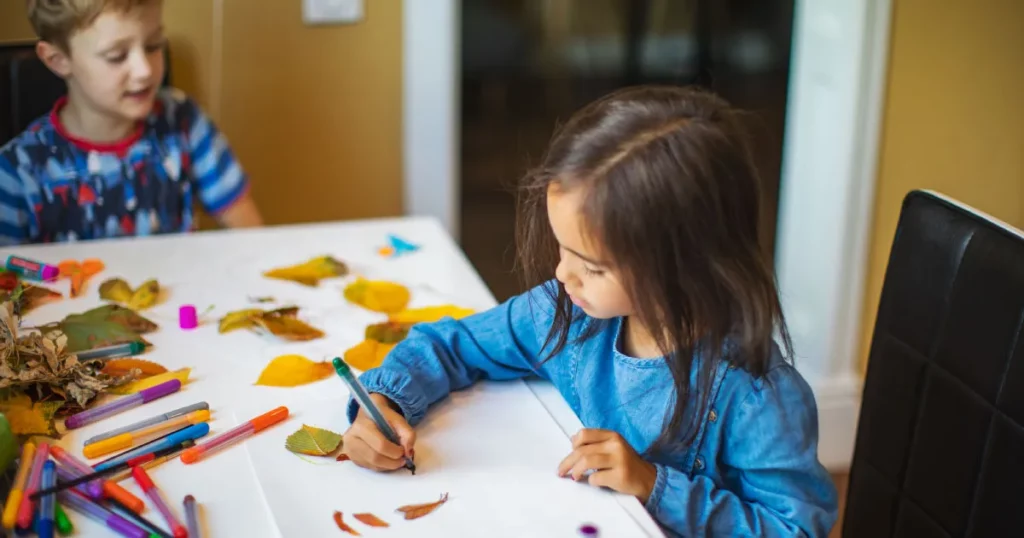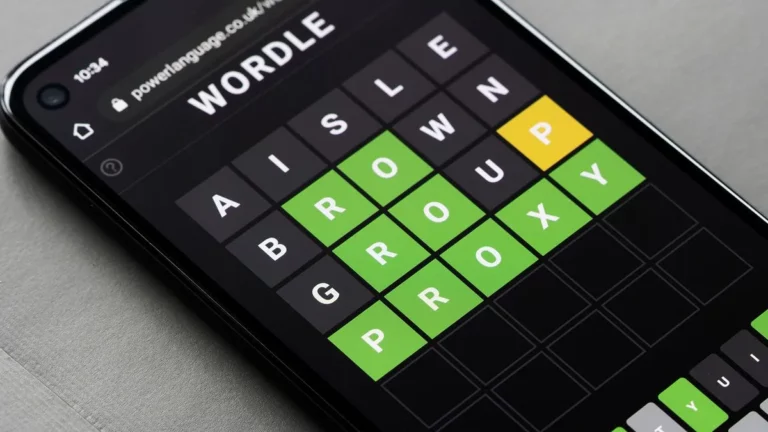What can I teach kindergarten at home?

Embarking on the journey to homeschool kindergarten presents an enriching opportunity for both you and your child. With the freedom to tailor the curriculum and cultivate a personalized learning environment, homeschooling offers a unique educational experience. This guide delves into the intricacies of teaching kindergarten at home, providing insights on structuring a conducive learning space and crafting a comprehensive curriculum to cater to your child’s educational requirements.
Establishing the Learning Environment

1. Design a Dedicated Learning Space:
- Set up a designated area for learning, preferably quiet and free from distractions.
- Arrange the space with age-appropriate furniture, such as a small table and chairs, bookshelves, and storage bins.
2. Create a daily schedule:
- Establish a daily routine with a set schedule for learning, playtime, and breaks.
- Ensure your child knows what to expect daily to create a sense of security and routine.
3. Gather Educational Materials:
- Invest in age-appropriate learning materials, including books, workbooks, art supplies, and educational games.
- Utilize online resources and educational apps to supplement your teaching.
4. Develop a reward system:
- Implement a positive reinforcement system to motivate your child. Reward good behavior and accomplishments with praise or small incentives.
Structuring the Curriculum
5. Identify Learning Goals:
- Determine the educational objectives for the year. These include reading readiness, basic math skills, and social and emotional development.
6. Choose a Curriculum:
- Select a kindergarten curriculum that aligns with your goals and teaching style. Options include traditional textbooks, online resources, or a combination of both.
7. Reading and Literacy:
- Focus on developing early literacy skills by reading aloud, teaching phonics, and introducing sight words.
- Encourage a love for reading by visiting the library and having a variety of books at home.
8. Math and Numbers:
- Introduce basic math concepts through fun activities like counting objects, sorting, and simple addition and subtraction.
- Use everyday situations, such as cooking and shopping, to teach practical math skills.
9. Science and Nature:
- Explore the wonders of the natural world through simple scientific experiments and observations.
- Visit parks, gardens, or local museums to spark curiosity about science and nature.
10. Social and Emotional Development:
- Foster social skills by organizing playdates or joining homeschooling groups.
- Teach empathy, conflict resolution, and self-regulation through age-appropriate discussions.
11. Art and Creativity:
- Encourage creativity with art projects, including drawing, painting, and crafts.
- Explore music and movement through dancing, singing, and playing musical instruments.
12. Physical Education:
- Incorporate physical activities to promote gross and fine motor skills. Activities can include outdoor play, yoga, and simple exercise routines.
Teaching Techniques and Approaches
13. Hands-On Learning:
- Use interactive, hands-on activities to make learning engaging and fun. For example, use objects for counting or create a nature journal for science lessons.
14. Multisensory Teaching:
- Appeal to multiple senses to enhance learning. For instance, use flashcards for visual learning, songs for auditory learning, and tactile materials for hands-on exploration.
15. Individualized Learning:
- Tailor your teaching to your child’s unique learning style and pace. Be open to adjusting your approach if certain methods aren’t effective.
16. Real-World Application:
- Connect lessons to real-life situations to make learning meaningful. Discuss the weather, count money, or measure ingredients while baking.
17. Field Trips and Experiences:
- Supplement your curriculum with field trips to museums, zoos, botanical gardens, and other educational venues to expand your child’s knowledge.
18. Assess and Celebrate Progress:
- Regularly assess your child’s progress through informal assessments, observations, and conversations.
- Celebrate achievements to boost motivation and self-confidence.
Maintaining a Positive Learning Environment
19. Patience and Flexibility:
- Be patient and flexible with your child’s learning process. Understand that not every day will go as planned, and that’s okay.
20. Seek Support and Resources:
- Connect with other homeschooling parents or educational support groups for guidance, resources, and ideas.
21. Evaluate and Adapt:
- Continuously evaluate your teaching methods and your child’s progress. Be willing to adapt your approach as needed.
Conclusion
Teaching kindergarten at home can be fulfilling for you and your child. Creating a structured learning environment, developing a well-rounded curriculum, and embracing effective teaching techniques can provide a high-quality education tailored to your child’s unique needs and interests. Remember, the key to successful homeschooling is maintaining a positive and nurturing learning environment filled with patience, creativity, and a love for learning.

